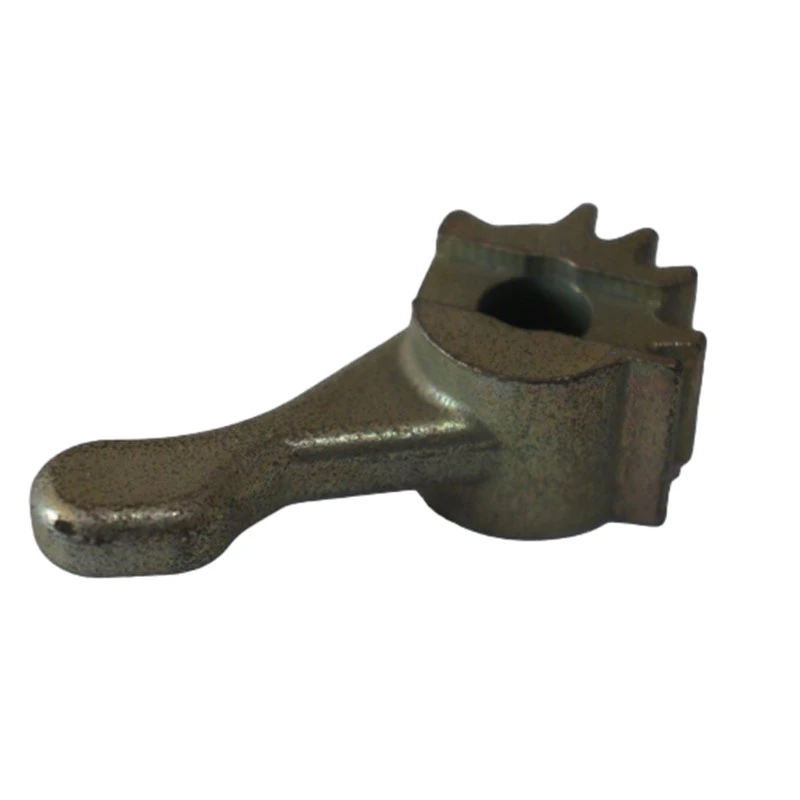products made from sand casting
Products Made from Sand Casting A Versatile Manufacturing Process
Sand casting, one of the oldest and most versatile manufacturing processes, has been a key technique in producing metal parts for centuries. This process involves creating a mold from sand and then pouring molten metal into the mold to form a desired shape. Used in various industries, sand casting is favored for its ability to produce complex geometries, accommodate large parts, and allow for the use of different types of metals. This article explores some of the diverse products made through sand casting and its significance in modern manufacturing.
The Sand Casting Process
The sand casting process begins with creating a pattern, which is typically made from materials like metal, plastic, or wood. This pattern is used to form the mold by packing sand around it, creating a cavity that matches the shape of the desired product. Once the sand is compacted, the pattern is removed, leaving behind a mold ready for pouring molten metal. The metal, usually aluminum, iron, or bronze, is heated until it reaches a liquid state and then carefully poured into the mold. After cooling, the sand is removed, revealing the casted product, which may require additional finishing processes like machining, grinding, or polishing.
Automotive Components
One of the largest applications of sand casting is in the automotive industry. Many components of vehicles, such as engine blocks, cylinder heads, and transmission cases, are produced using sand casting. These parts often possess intricate designs and must endure high stress, making the durability provided by sand casting crucial. Additionally, the process allows for the production of lightweight aluminum parts that contribute to fuel efficiency in modern vehicles.
Artistic and Decorative Items
Sand casting is not limited to industrial applications; it also plays a significant role in art and design. Artists and craftsmen use sand casting techniques to create various decorative items, including sculptures, jewelry, and custom-designed artwork. The versatility of sand casting allows for innovative designs and intricate patterns, making it a favored choice for artists looking to turn concepts into tangible forms.
products made from sand casting

Industrial Machinery
Industries rely on sand casting for producing several components used in machinery and heavy equipment. Parts such as pump housings, gearbox casings, and agricultural machinery components are often manufactured through sand casting. This method allows manufacturers to produce large, robust parts that can withstand harsh operating conditions while being cost-effective and efficient.
Sporting Goods
The sporting goods sector also benefits from sand casting technology. Items like fishing reels, bicycle frames, golf club heads, and other equipment often utilize sand casting to achieve precise shapes and durability. The ability to create complex designs in various materials enhances performance aspects, catering to fans and professionals alike.
Aerospace Components
In the aerospace sector, sand casting is used for manufacturing engine components, landing gear parts, and structural elements. The high strength-to-weight ratio and the ability to create detailed shapes make sand casting an excellent choice for producing parts that must meet stringent safety and performance standards.
Conclusion
The applications of sand casting are vast and varied, showcasing the process's flexibility and efficiency in producing both everyday and specialized products. From automotive components and industrial machinery to artistic creations and aerospace parts, sand casting remains a vital manufacturing technique. Its ability to create complex shapes, accommodate a wide range of metals, and produce large parts efficiently ensures its continued relevance in modern manufacturing. As technology evolves, so too will the methods and materials used in sand casting, paving the way for a future of more innovative and sustainable casting solutions.
-
Custom OEM Impellers: China Precision Die & Investment CastingNewsSep.01,2025
-
Expert Aluminum Green Sand Castings | Quality & Cost-EffectiveNewsAug.31,2025
-
Precision OEM Housing: Custom Cast Components ExpertNewsAug.30,2025
-
OEM Sand Casting Nodular Cast Iron-Baoding Hairun Machinery And Equipment Trading Co., Ltd.|Customization&Quality AssuranceNewsAug.29,2025
-
OEM Sand Casting Nodular Cast Iron-Baoding Hairun|Precision CustomizationNewsAug.29,2025
-
High-Quality Aluminum Green Sand Castings ServicesNewsAug.29,2025















